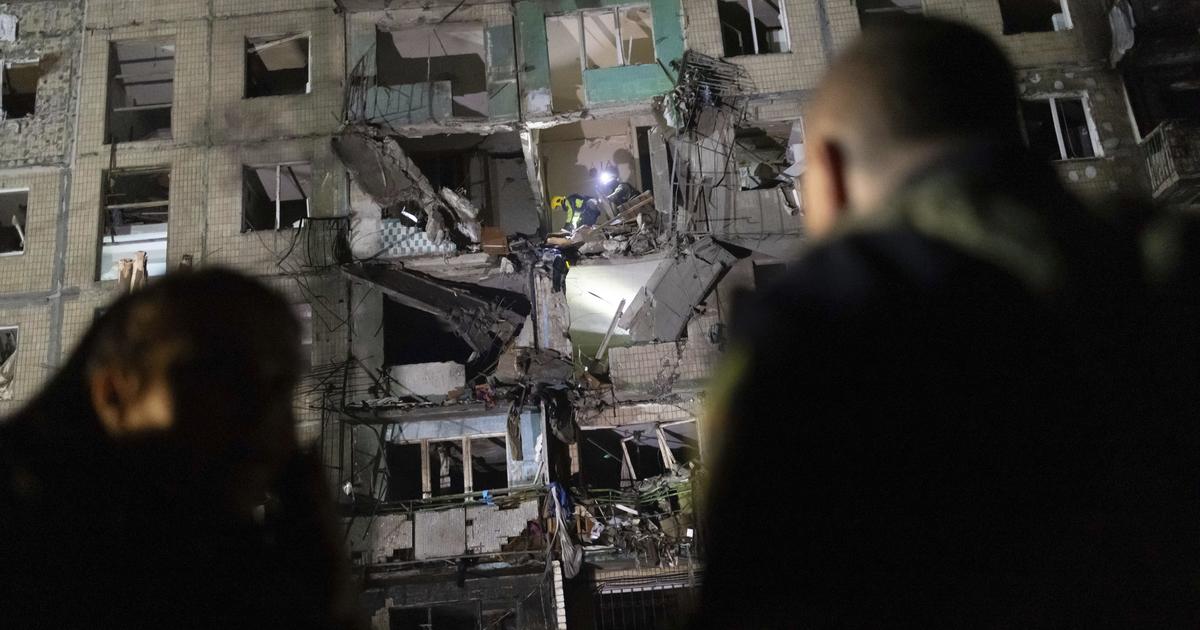The ongoing conflict in Ukraine, particularly in and around Kharkiv, highlights the devastating impact of modern warfare. Recent events, such as a glide bomb attack on a Kharkiv apartment building injuring 12 people including a 3-year-old, underscore the indiscriminate nature of the conflict and the constant threat faced by Ukrainian civilians. The proximity of the fighting to Kharkiv, a major city, showcases the scale and brutality of the Russian invasion, which began in February 2022 and has significantly impacted civilian life. The consistent exchange of drone and missile strikes between both sides demonstrates the evolving and increasingly sophisticated tactics being employed, pushing the conflict into a new phase of intensity and highlighting the need for international support and intervention.
The Devastating Impact of Glide Bombs in Ukraine
The Weapon and its Effects
Russia’s increased use of glide bombs represents a significant escalation in the conflict. These weapons, repurposed from Soviet-era munitions and equipped with modern guidance systems, are inexpensive to produce yet highly destructive. Their ability to carry over a ton of explosives makes them particularly devastating, causing widespread damage to infrastructure and civilian areas. The attack on the Kharkiv apartment building is just one example of the horrific consequences of these weapons. The impact is not merely physical; the psychological toll on civilians living under constant threat of such attacks is immense, contributing to a climate of fear and uncertainty.
Ukrainian Response and Challenges
Ukrainian forces are actively working to counter the threat posed by these glide bombs. Units like the Ukrainian Border Guard are tasked with detecting Russian aircraft launching these weapons and issuing warnings to at-risk communities. However, these efforts are challenging given the range and sophistication of the glide bombs and the vast territory involved. Colonel Maksym Balagura’s statement about the fear amongst his soldiers highlights the immense risks and pressure faced by those defending their country. The need for improved early warning systems and defensive capabilities is evident. The Ukrainian military’s successes in intercepting drones, such as the reported interception of 78 out of 105 Shahed drones, showcases its adaptation and resilience but also underscores the ongoing and substantial resources needed for defence.
Russia’s Shifting Tactics and Territorial Gains
Advancement and Strategic Objectives
Russia’s military actions reflect a calculated strategy to consolidate its control over occupied Ukrainian territories and potentially expand further. The recent fall of key cities like Avdiivka and Vuhledar indicates the success of Russia’s shifting military strategies. These gains are often made through intensive sieges and prolonged bombardment, as was witnessed in Avdiivka. Russia’s push toward the strategically important city of Pokrovsk points to their ambition to secure logistical hubs and consolidate their positions within eastern Ukraine. The reported plan to draft an additional 130,000 soldiers illustrates the commitment towards achieving these objectives, despite reported significant losses. Propaganda, using videos displaying their flags over captured buildings, serves a dual purpose – for bolstering the domestic perception of success and eroding the moral of Ukrainian resistance.
Human Cost and International Concerns
The human cost of the conflict remains immense. While the U.S. estimates place Russian military losses exceeding 100,000, the true figure for both sides is likely to remain a long time unknown due to secrecy and censorship surrounding these statistics. This high number serves to underline the destructive nature of this prolonged conflict and illustrates the sheer scale of death and injury being inflicted across the entire country. The conflict isn’t limited to immediate causalities though; many displaced, suffering severe injuries or enduring life altering experiences post combat as the ramifications from this extensive conflict extends far beyond reported loss of life and territorial acquisition. This human cost and potential of expansion into NATO territory demands immediate, and decisive global response to the threat from Russia’s advancement into Ukraine.
Ukraine’s Plea for Continued Support and the International Response
Ukraine’s Needs and Zelenskyy’s Appeals
Ukraine’s continued defense is heavily reliant on weapons and support from the U.S. and NATO allies. President Zelenskyy’s persistent calls for enhanced support highlight the urgency of the situation and stress on Ukraine’s urgent requirement of adequate weapon support and ability to respond effectively against attacks and the capability of conducting operations in deep-strikes within Russian territory. His warnings about potential conflict extending beyond Ukraine’s borders emphasize the larger strategic implications of the conflict and risks for the entire European community. Ukraine faces increasing pressure with Russia’s continuing military push west; this heightened need of military assistance calls for the expansion of military aid in kind to offset this persistent Russian threat to both Ukrainian and NATO interests.
NATO’s Response and Uncertainties
NATO’s response, represented by visits like the new Secretary-General’s trip to Kyiv, signals continued support for Ukraine. However, uncertainties remain about long-term commitments and the potential consequences of a changing political landscape in the West, such as the upcoming U.S. presidential election. The differing opinions of presidential candidates regarding the involvement of the United States creates additional layers of complexity to this precarious situation and impacts negatively on ongoing supplies of crucial support needed for Ukrainian resistance to Russian aggression. A divided Western stance will almost certainly impact negatively on Ukrainian resilience, prolonging suffering and weakening Ukrainian’s defence abilities. This ongoing reliance upon western commitment remains paramount and illustrates the importance of consistent international support to aid the outcome desired by Ukraine in securing national borders and deterring aggressive Russian advances into it’s sovereignty.
Takeaway Points
- Russia’s use of glide bombs significantly escalates the conflict’s destructive potential.
- Ukrainian forces face immense challenges in countering these advanced weapons and ongoing aerial attacks.
- Russia continues to advance into Ukrainian territory, focusing on strategically vital cities.
- International support remains crucial for Ukraine’s survival and defense against Russian aggression.
- Uncertainties about future international commitments could negatively impact Ukraine’s long-term prospects.




